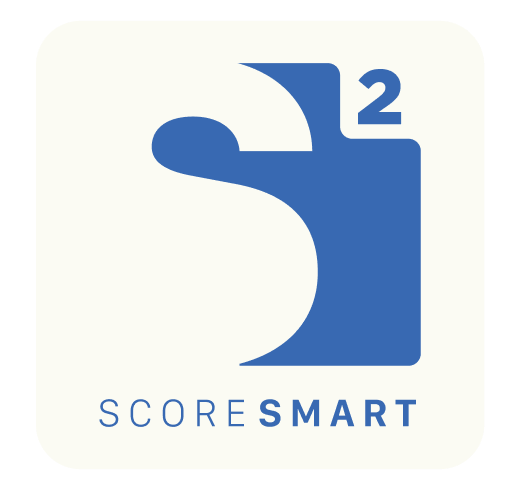Frequently Asked Questions
For Students
Par Time is the average amount of time it takes a student at a particular scoring level to get a given question right. A hard question may take a 700 level student 75 seconds to answer correctly, but a 550 level student may need 95 seconds to answer the same question. Most scoring systems only track wrong answers. Correct answers that took too long are lost or never reviewed, but are just as important as wrong answers when it comes to improving one’s score. Some questions should take longer, because they are harder, and some students are faster at certain topics or question types than others. This is why Par Time exists and why it must be tracked by the question and by the scoring range. True performance analysis cannot be personal or complete without it.
Priorities are a three-part venn diagram based on where a student lost points, where a student lost time, and the size of the opportunity. A subject area that shows up only rarely is unlikely to be a priority even if the student lost time and points on those one or two questions. Whereas a student might be very accurate on a particular question type, but it will still show up as a priority if it is a category that comes up frequently and it cost the student more time than it should (see Par Time above).
ScoreSmart works with a content provider with an extensive testing and drilling platform. This allows us to gather data on each question item before it makes it onto one of our scored tests. The questions must perform at or above the standards set by ACT and College Board for bi-serial correlation to be considered for ScoreSmart.
That is up to you. Our goal at ScoreSmart is to tell you exactly where you need to improve in order to have the greatest impact on your score. We are not a test prep or a tutoring organization. What you do with the data and insights that we provide is up to you. Your performance on test day will depend on the accuracy of our insights and the amount of work you put in to fix your weaker areas.
The SAT and the ACT are not like tests you take in school. Most students do not need to answer every question correctly in order to hit their target scores. You can skip a number of questions all together and still get into the 90th percentile. Accuracy, therefore, is relevant to your target score. If you need to get 70% of the questions in the section to hit your target score, we assume that you need to get at least 70% of the questions for a given topic correct to be considered accurate for your scoring range. If you are above 70% you are more accurate than you need to be, if you are below 70% you are less accurate than you need to be.
Within the ScoreSmart system, we will set a target score for you. Your accuracy and your Par Times, and therefore your priorities, are all a function of your target score, so it is important to pick something aspirational but achievable. An unrealistic target score would throw off your analytics. Each time you test, ScoreSmart will set your target score at a point one quarter of the way between the score you’ve just achieved and a perfect score. In that way your target score is a moving target, realistic from your current plateau, but always just ahead of where you are today.


